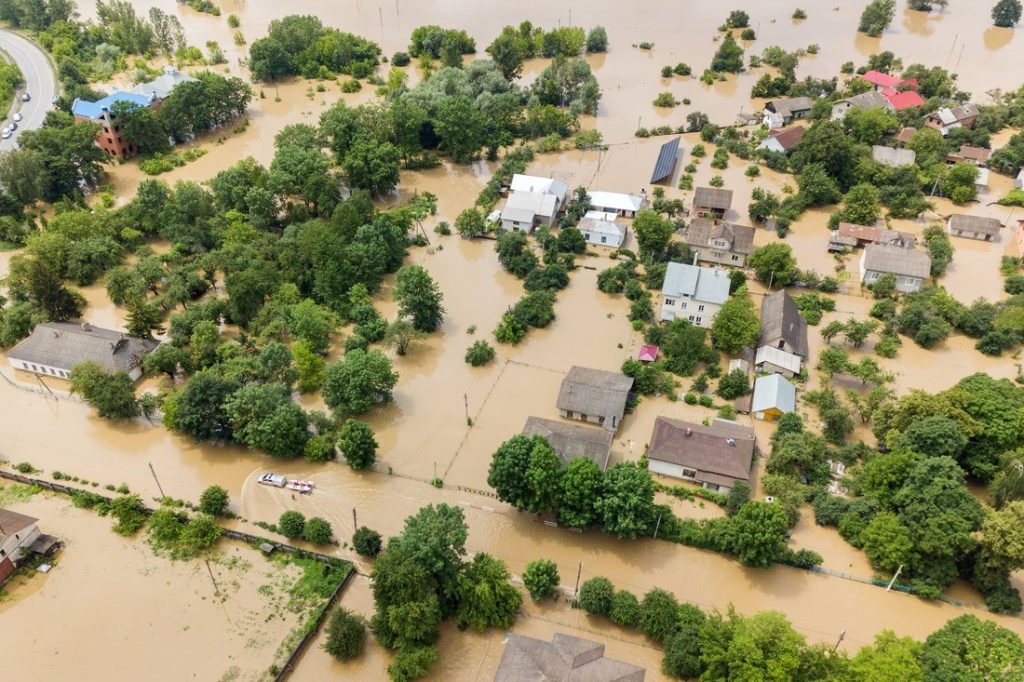
Introduction
Emergency communication strategies play a crucial role in disaster preparedness, response, and recovery efforts. Effective communication during emergencies is vital for disseminating critical information, mobilizing resources, and ensuring the safety and well-being of individuals and communities affected by crises. This article will explore the importance of emergency communication strategies and provide insights into effective communication practices during various stages of emergency management.
The Importance of Emergency Communication Strategies

During a crisis, communication becomes even more critical as it helps to manage the situation, alleviate panic, and coordinate response efforts. Here are several reasons why emergency communication strategies are essential:
1. Information Dissemination
Effective communication ensures that accurate and timely information reaches the affected individuals, emergency responders, and the public. Information could include evacuation orders, shelter locations, road closures, weather updates, and safety instructions. Clear and concise communication helps individuals make informed decisions and take appropriate actions to protect themselves and their communities.
2. Mobilizing Resources
Emergency communication strategies are instrumental in mobilizing resources such as first responders, medical personnel, supplies, and equipment. Clear communication channels allow authorities to coordinate the deployment of resources efficiently and ensure that they reach the areas most in need. This coordination helps expedite the response and recovery process.

3. Public Safety and Awareness
During emergencies, it is crucial to keep the public informed about potential risks, hazards, and safety measures. Emergency communication strategies enable authorities to issue alerts, warnings, and updates that help individuals stay safe and make informed decisions. By promoting public awareness, communication strategies enhance overall community resilience.
4. Building Trust and Confidence
Transparent and reliable communication builds trust and confidence in authorities’ ability to manage emergencies effectively. When individuals feel well-informed and supported, they are more likely to comply with safety measures, follow evacuation orders, and cooperate with emergency responders. Effective communication fosters a sense of trust and cohesion among various stakeholders involved in emergency management.
Effective Emergency Communication Practices
Successful emergency communication requires careful planning, coordination, and execution. Here are some practices to consider:
1. Develop a Comprehensive Communication Plan
A robust emergency communication plan outlines communication channels, protocols, and responsibilities. It should identify primary and secondary communication methods, including social media, websites, emergency alerts, radio, and public address systems. The plan should also designate spokespeople and establish clear lines of authority and decision-making.
2. Utilize Multiple Communication Channels
Different individuals access information through various channels. Hence, it is crucial to utilize multiple communication platforms to reach a broad audience. Combine traditional channels like television and radio with digital platforms such as websites, social media, email, and text alerts. This multi-channel approach ensures that information reaches as many people as possible.
3. Tailor Communications to the Target Audience
Consider the specific needs and demographics of the target audience when crafting emergency communications. Use clear and concise language, avoid jargon, and provide information in multiple languages if necessary. Consider the accessibility needs of individuals with disabilities and provide alternative formats, such as braille or audio versions, for important announcements.
4. Consistent and Timely Updates
During a crisis, frequent and consistent updates are essential to keep the public informed and minimize uncertainty. Communicate updates regularly and promptly, ensuring that the information is accurate and reliable. Establish a communication schedule and stick to it to maintain public trust and demonstrate your commitment to transparency.
5. Engage with the Community
Engaging with the community builds trust and encourages two-way communication. Encourage individuals to provide feedback, ask questions, and voice concerns. Foster dialogue by addressing inquiries promptly and providing relevant information. Community engagement helps ensure that communication efforts are responsive to the needs and concerns of the affected population.
6. Collaborate with Partner Organizations
Coordinating with partner organizations, such as government agencies, non-profits, and community groups, enhances the effectiveness of emergency communication. Collaborate with these organizations to share information, align messaging, and leverage their communication networks. This synergistic approach allows for broader reach and ensures that consistent information is disseminated throughout the crisis.
Conclusion
Emergency communication strategies are integral to effective disaster preparedness, response, and recovery. By understanding the importance of clear, timely, and targeted communication, emergency management professionals and authorities can better protect and support affected individuals and communities. By implementing comprehensive communication plans and leveraging multiple channels, emergency communication can play a crucial role in minimizing the impact of disasters and facilitating a swifter recovery process.
What should be included in an emergency communication plan?
How can community engagement enhance emergency communication?
Sources:
- Damage Restoration Services in the US – Market Research Report – IBISWorld
- Natural disasters have cost the US over $1.79T since 1980
- After the Storm: Supporting Disaster Recovery | NOAA’s Office of Atmospheric Research
- Recovery Update – Kentucky Storms | FEMA.gov
For more information about emergency communication strategies and disaster restoration services, please visit Houston Restoration Group.

